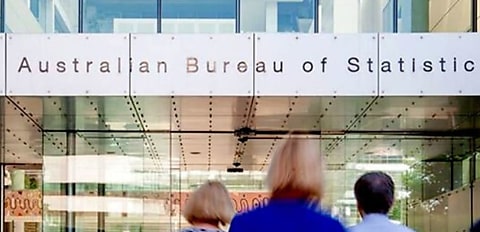The Australian Bureau of Statistics (ABS) has confirmed that the consumer price index (CPI) rose by 1.8 per cent in the September 2022 quarter and 7.3 per cent annually - the highest annual increased in the CPI since 1990.
The price of new dwellings for owner-occupiers and automotive fuel were the most significant contributors both in the September 2022 quarter and annually.
New dwelling pricess in the September quarter rose 3.7 per cent (and 20.7 per cent annually). According to the program manager of price at ABS, Michelle Marquardt, labour shortages in the construction industry, labour costs and material shortages all contributed to the rise of new dwellings in this quarter.
“For the second consecutive quarter, annual price inflation for new dwellings was the strongest recorded since the series commenced in 1999, as high material and labour costs mingled with high demand," Ms Marquardt said.
“However, the rate of price growth in new dwellings eased relative to recent quarters (+5.6 per cent and +5.7 per cent in June and March quarters), reflecting a softening in new demand and some easing in supply constraints,” she commented.
Overall, housing saw some of the most significant price rises over the quarter, with the price of housing across the eight capital cities up 10.3 per cent compared to the previous year.
Food and non-alocholic beverages and transport were also up markedly from the same period last year (9.6 per cent and 6.8 per cent, respectively).
NAB has weighed in on the CPI rise, stating that this has confirmed inflation has continued to escalate over the recent months, with the Reserve Bank of Australia (RBA) likely to revise its peak inflation figures by 0.75 ppts in November 2022.
“We expect higher interest rates to materially weigh on consumption and GDP growth in 2023 and 2024 and while we don’t expect a recession, annual growth will likely fall below 1 per cent and unemployment rise to 4.5 per cent,” the major bank stated.
Westpac also issued a statement, stating that housing price rise was “a touch softer” than expected due to the ABS reporting that rising labour costs along with ongoing material shortages would further add price pressure.
“The rate of growth has moderated reflecting a softening in new demand and some easing in supply constraints and this should continue as we head into 202,” it said.
Treasurer Jim Chalmers delivered his first budget on Tuesday (25 October), outlining a housing plan that will see an additional 1 million affordable homes on the market in a move that has been welcomed by the housing industry.
Talks of major economies going into recession preceded the budget announcement as Australia’s rising inflation — expected to reach 7.75 per cent by December — rising cash rates, and flood impacts were considered factors weighing down on the federal budget.
[RELATED: Inflation to weigh on federal budget, Treasurer warns]

